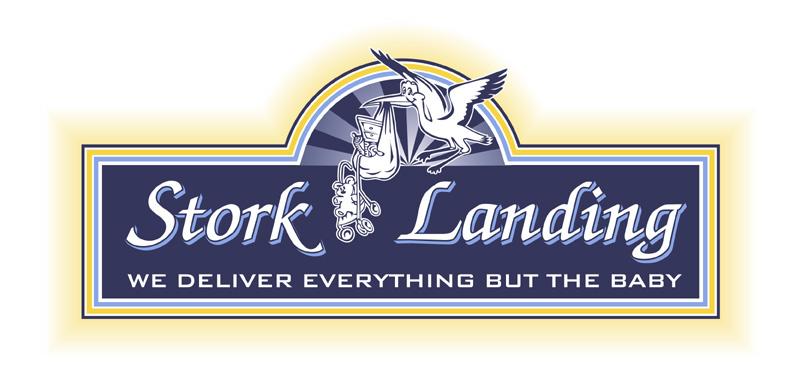40 | Fall 2020
How to Talk to Your Children About Race and Racism TARA BONE contributing writer
TALKING ABOUT RACE and racism with children can be difficult. Some parents avoid the topic altogether, and some assume racism in Cache Valley doesn’t exist, while other parents — especially those who have encountered racism themselves — have no choice but to have those tough talks.
from the Department of Psychology in the College of Education and Human Services at Utah State University (USU) has been researching the topic for 20 years and works with parent groups on campus, teaching a variety of parenting skills. She also conducts diversity training and teaches multicultural and diversity psychology courses.
Children and teens around the country, including here in Cache Valley, have questions and concerns following the intense and often violent protests of last summer. They can’t help but see, hear, and read — often on endless social media feeds — the voices of protest. In today’s interconnected world, discussions about race, diversity, and inclusion have never been more important. But it can seem overwhelming: Where does a parent or caregiver start?
Melanie, who prefers Melanie to “Dr.,” grew up in Puerto Rico and now lives in River Heights. She has two children whom she says keep her humble and honest and are “great companions in life’s journey.” Melanie is pleased to see a renewed desire among parents to talk to their children about race. Although she says she doesn’t have all the answers, she does have tips for parents and believes this is a critical parenting topic.
Fortunately, Dr. Melanie Domenech Rodríguez
“Parents are concerned and it’s a beautiful thing to
have parents wanting to have conversations about race,” Melanie said. “The reality of the world is that people come in all sorts of sizes, shapes, and skin tones. People around the world have different hair texture and facial and body features. We live in a global economy. We live in a global social world. Teaching our children about race, ethnicity, and culture is preparing them to be members of a global society. To the degree that our children are able to navigate skillfully between context and have some depth of understanding of the wide variety of human experiences, they will be better equipped to understand their own humanity and to walk in the world as bridgebuilders and collaborators.” According to Melanie, there are two points to remember when talking with children about race, ethnicity, and culture.
Quart of soup and loaf of bread for
$7.99
Regular price $9.49. Offer expires November 1, 2020.
CHECK US OUT AT ONE OF OUR THREE CACHE VALLEY LOCATIONS!
78 E 400 N, Logan • (435) 753-6463 | 981 S Main Suite D, Logan • (435) 755-0262 10 South Main, Smithfield • (435) 799-3850
















